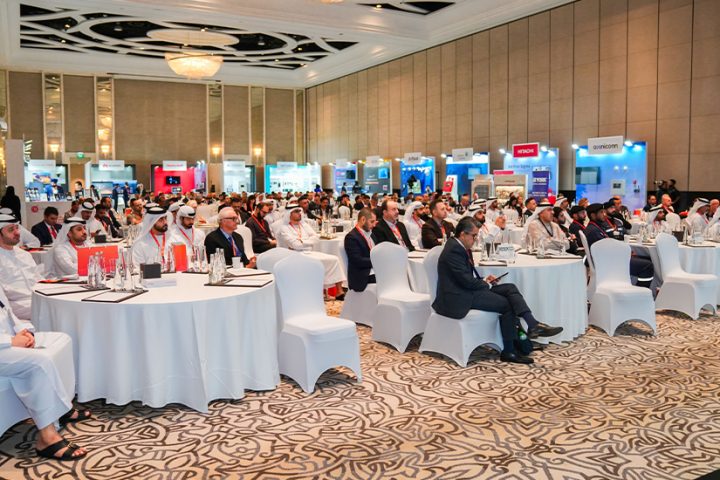Professional stereotypes exist in all industries. Investment bankers in sharp suits, advertising gurus with horn rimmed glasses, sipping flat whites – they’re everywhere. The technology sector is equally victim to stereotypes, with developers in particular being regularly typecast. For many the title developer conjures up thoughts of a young, white, male, wearing a hoodie and most likely working alone, illuminated by the soft glow of their monitor. And yes, there are plenty of developers who fit this description.
Yet they do not benefit from this stereotype either. Many enjoy characteristics, attributes and lives outside of the technology world that would most likely defy this narrow stereotype. And if we are to achieve diversity amongst developers and help ease the talent crisis, we need to completely break these down so that true inclusion can be achieved.
You can often think of a developer as a driver
Proving the developer stereotype wrong is essential not just for ensuring that the well-documented talent gap is filled, but also for organisations to benefit from the myriad benefits diversity is proven to achieve. As we sit on the edge of a talent precipice, we must not only welcome diversity of talent, but we must actively pursue it.
Those working in technology know that there is no single type of developer, and no single definition of a developer role. Job descriptions vary widely, but it all coalesces around helping drive organisations’ digital strategies. They are a central factor in organisations reaching their modern app ambitions of the future.
A Formula One racing driver is trained for speed, a lorry driver is a long-haul expert, urban taxi drivers navigate complex streets, a stunt car driver is an expert in speed and precision
You can often think of a developer as a driver. Just like a Formula One racing driver is trained for speed, a lorry driver is a long-haul expert and specialises in manoeuvring valuable cargo. Urban taxi drivers navigate complex streets and traffic to get a passenger from A to B in the shortest time possible, and a stunt car driver is an expert in speed and precision, in light of death-defying manoeuvres.
At its basic level, each driver is doing the same thing – moving a vehicle. Yet within each they are building on the same base of knowledge, adding their mastery of tools, but putting their individual skills to use in their particular environment. Developers are the same, and in the same way people from all walks of life can, and are capable of being drivers of various vehicles, so the same goes for developer talent, helping to drive businesses’ digital strategies. It is about providing a wider range of people with a driving seat to suit their skills and ensure they can picture themselves in the vehicle.
If we cannot get a grip on breaking stereotypes we will not succeed in strengthening the developer talent pipeline, and we will all suffer. That means we all have a role to play. Organisations themselves must consider how to shine a spotlight on diversity in all its forms, and celebrate authenticity, individuality and stories of those in their teams. Organisations can also support their teams to become vocal advocates – whether that is through supporting time out of the office for outreach, or additional training.
Developers can support this by being generous and open with their stories and insights, sharing their interests, and demonstrating their human side beyond their technology abilities. Whether this is through engaging on social media, contributing to blogs, connecting with local schools, colleges and universities, careers fairs, youth groups – anywhere they can engage young people.
It is about getting out there, being clear about why diversity matters and actively saying no to stereotypes, even if they feel they might fit it. We all have a vehicle we can drive, and it is time we take the steering wheel.
If, as an industry, we can build the will to get out there and challenge the stereotype, we will find the way. When writing job descriptions to applicants, we make sure to sell the challenge of the position, rather than outlining what would be the ideal characteristics of the perfect candidate. Using this approach has helped drive twice the amount of female and URM applicants.
Whilst each of these are small steps, combined together with the other efforts of organisations, we can hopefully change stereotypes and drive the developer talent pipeline that the technology industry so desperately needs.
















